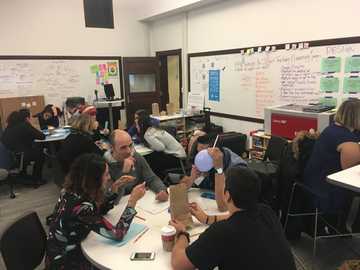
Collingwood staff came to the Future of Learning Lab to explore how they could best use this makerspace with their students. First, they explored the variety of low tech and high tech supplies, including our brand new trotec laser cutter that has been loaned to us. We took a dive into the pedagogy behind a makerspace by moving through a Ready Set Design Challenge to experience the design thinking process.
Working with staffs is a dynamic process that, like teaching, is never the same experience twice between different schools or different classes. Similar to planning and teaching a lesson, we can plan with a potential outcome but we can’t truly know how the lesson will unfold until we are together on that day, in that particular space.
As the groups ideated solutions to their design problems, collaboration was evident in the laughter mixed with deep discussion and the body language of people leaning in to listen, nodding and smiling. “I need to just trust the process”, one educator commented as they grappled with how to solve the design challenge of creating something that makes music for somebody who doesn’t read notes.
Judging by the conversation, questions and optimism in the room, Collingwood teachers left the session intrigued by possibilities about how design thinking might fit into their pedagogical tool box. I was reminded of how important it is to plan sessions based on the needs of the school but also the necessity to let the group dynamic in the space influence how the session will unfold.
Stephanie Bartlett (@sj_bartlett), learner, teacher as designer, CBE Specialist...always working towards outcome unknown.
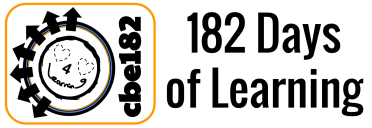
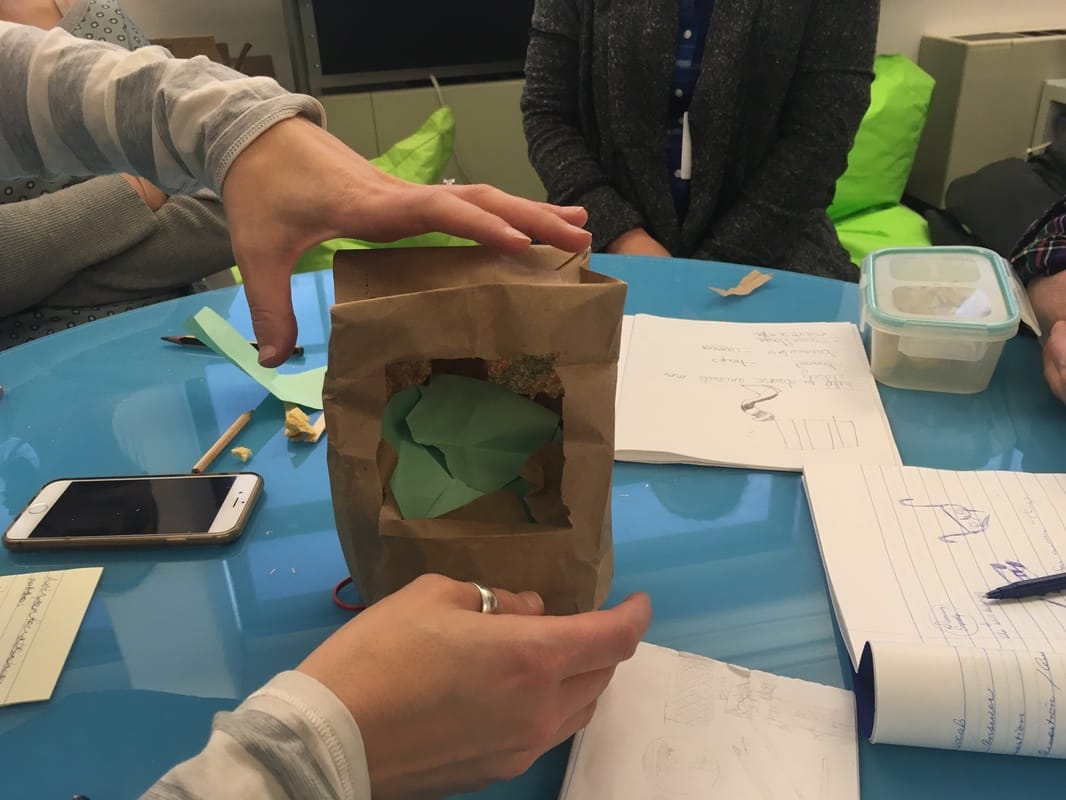
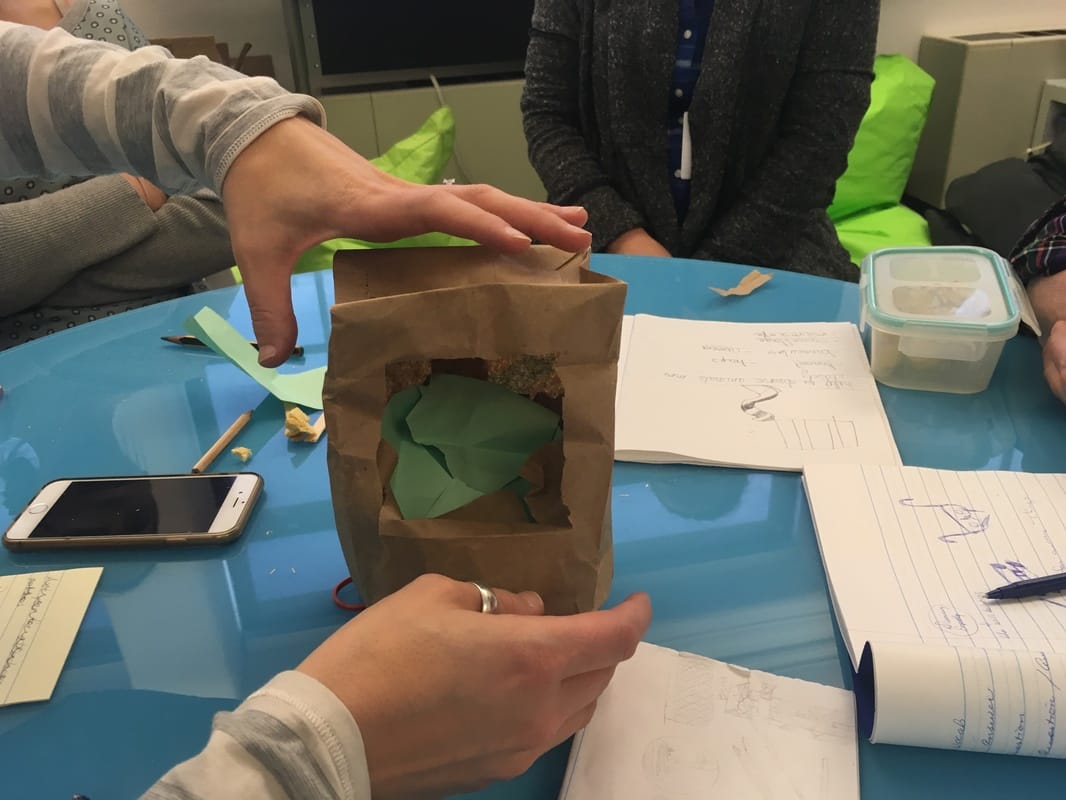
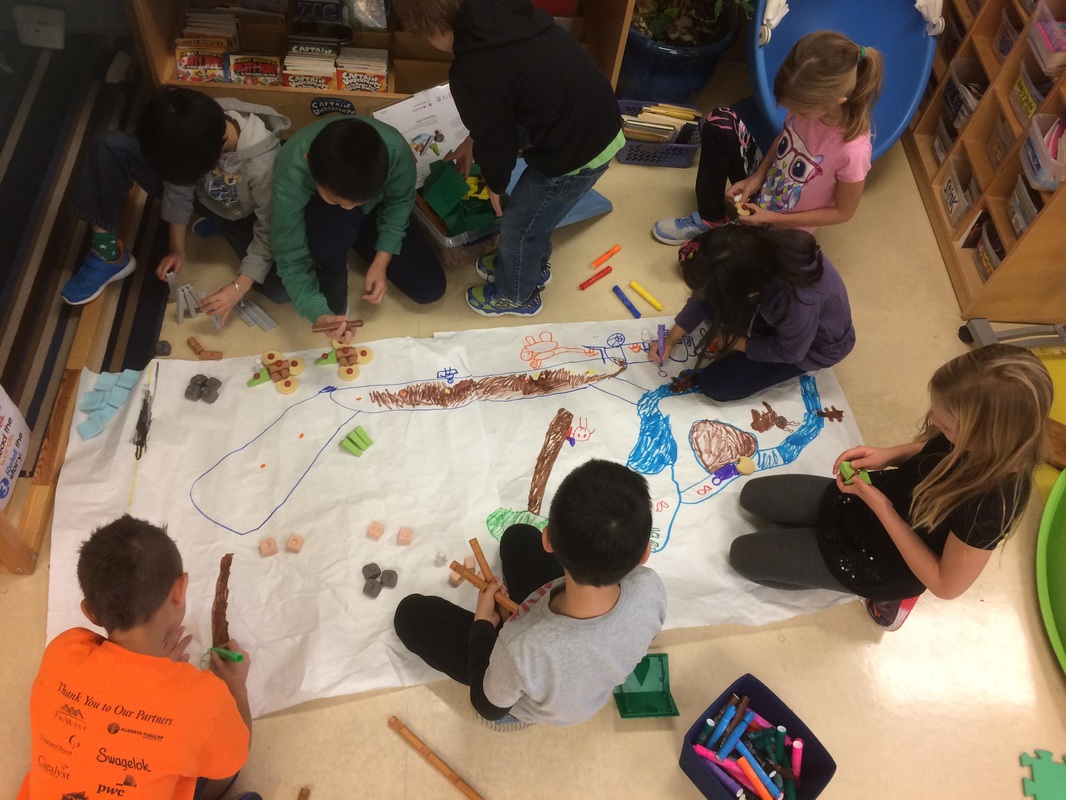
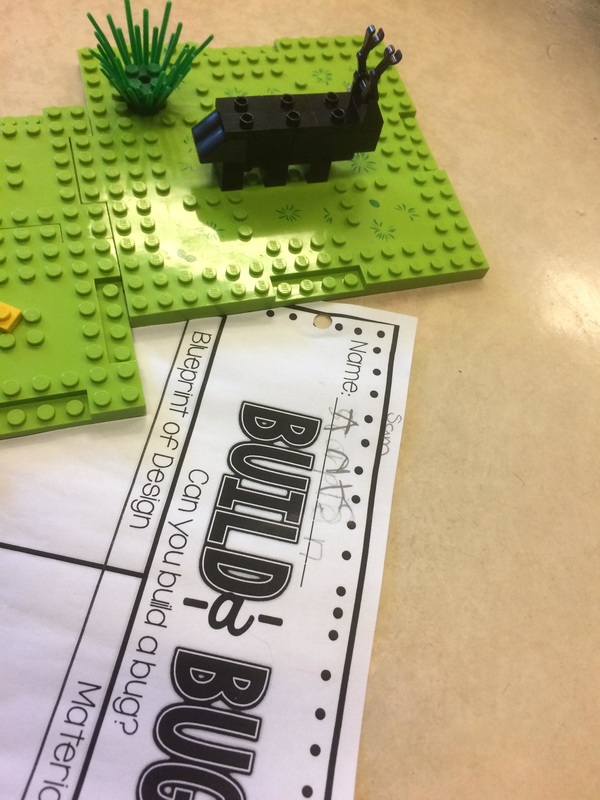
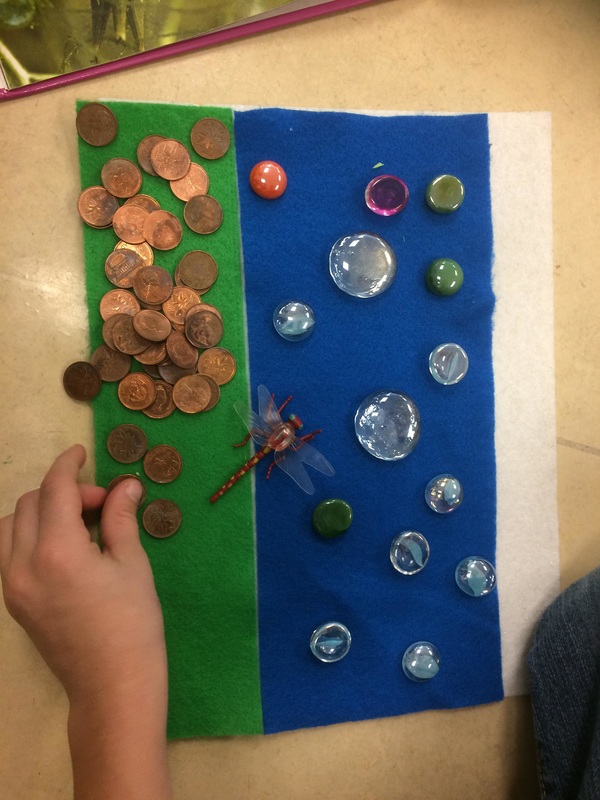
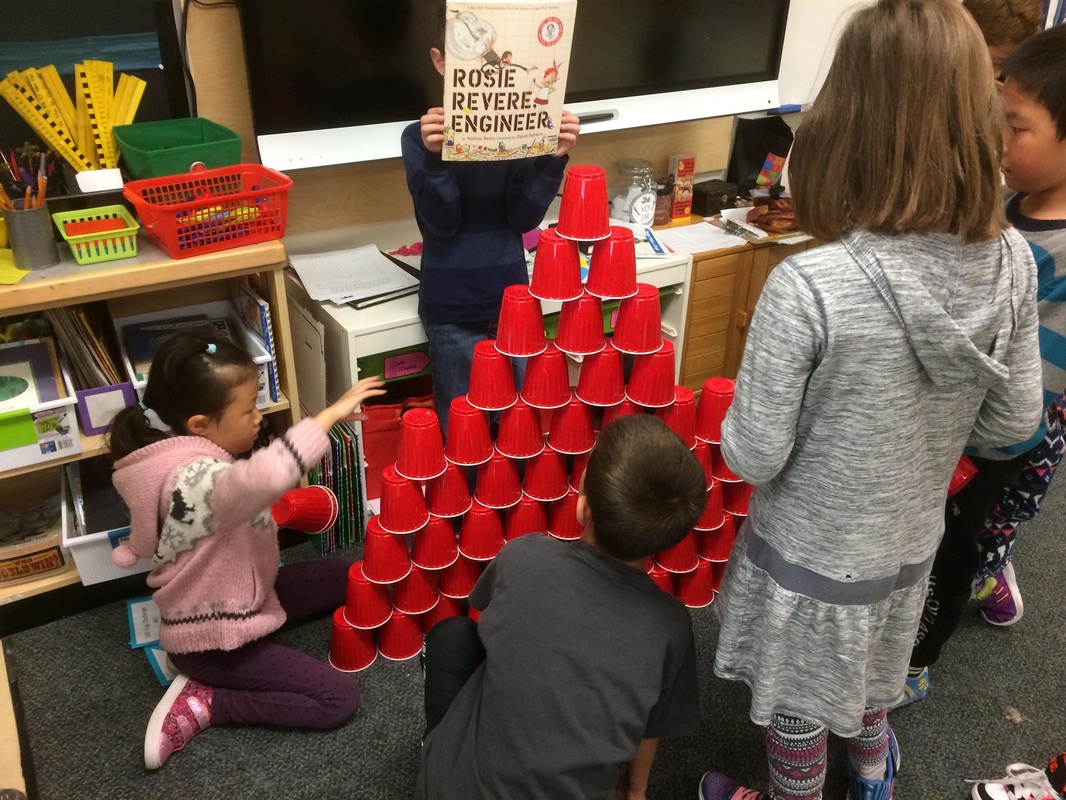
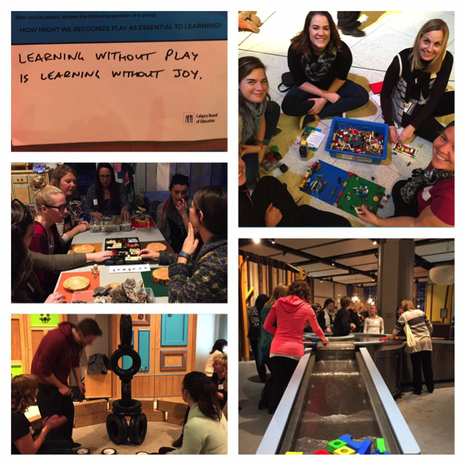
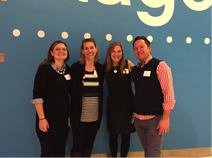
 RSS Feed
RSS Feed
